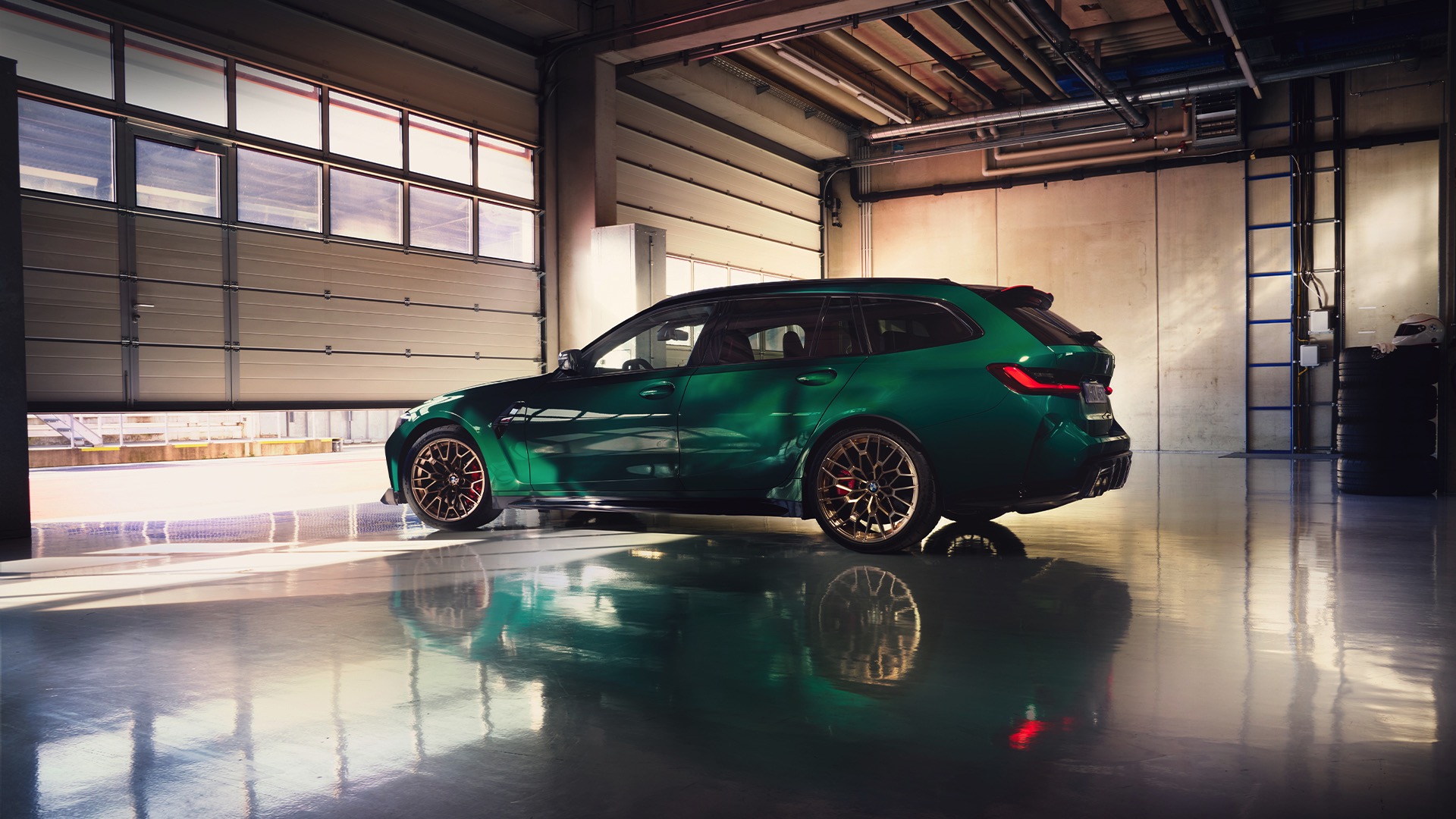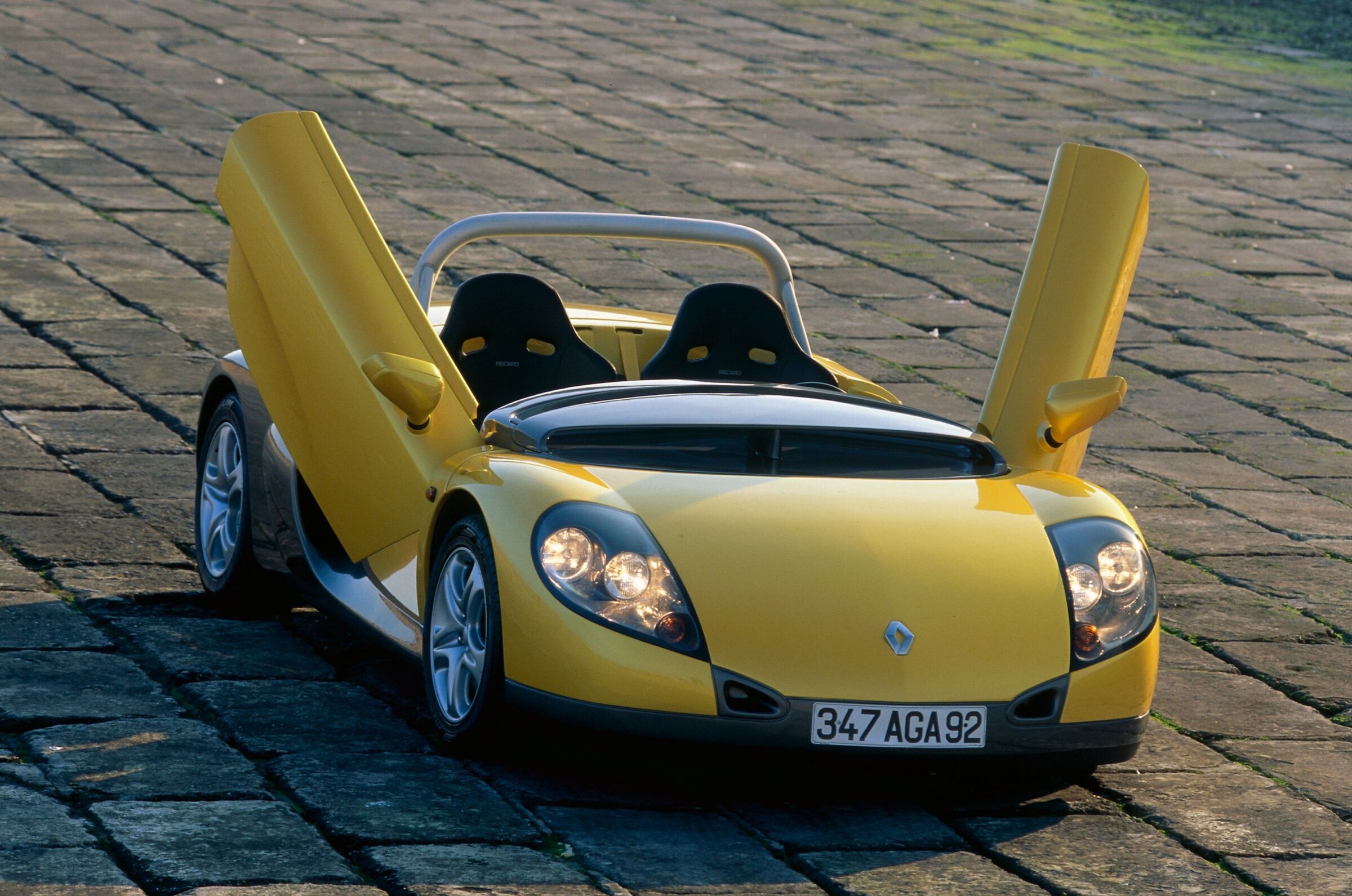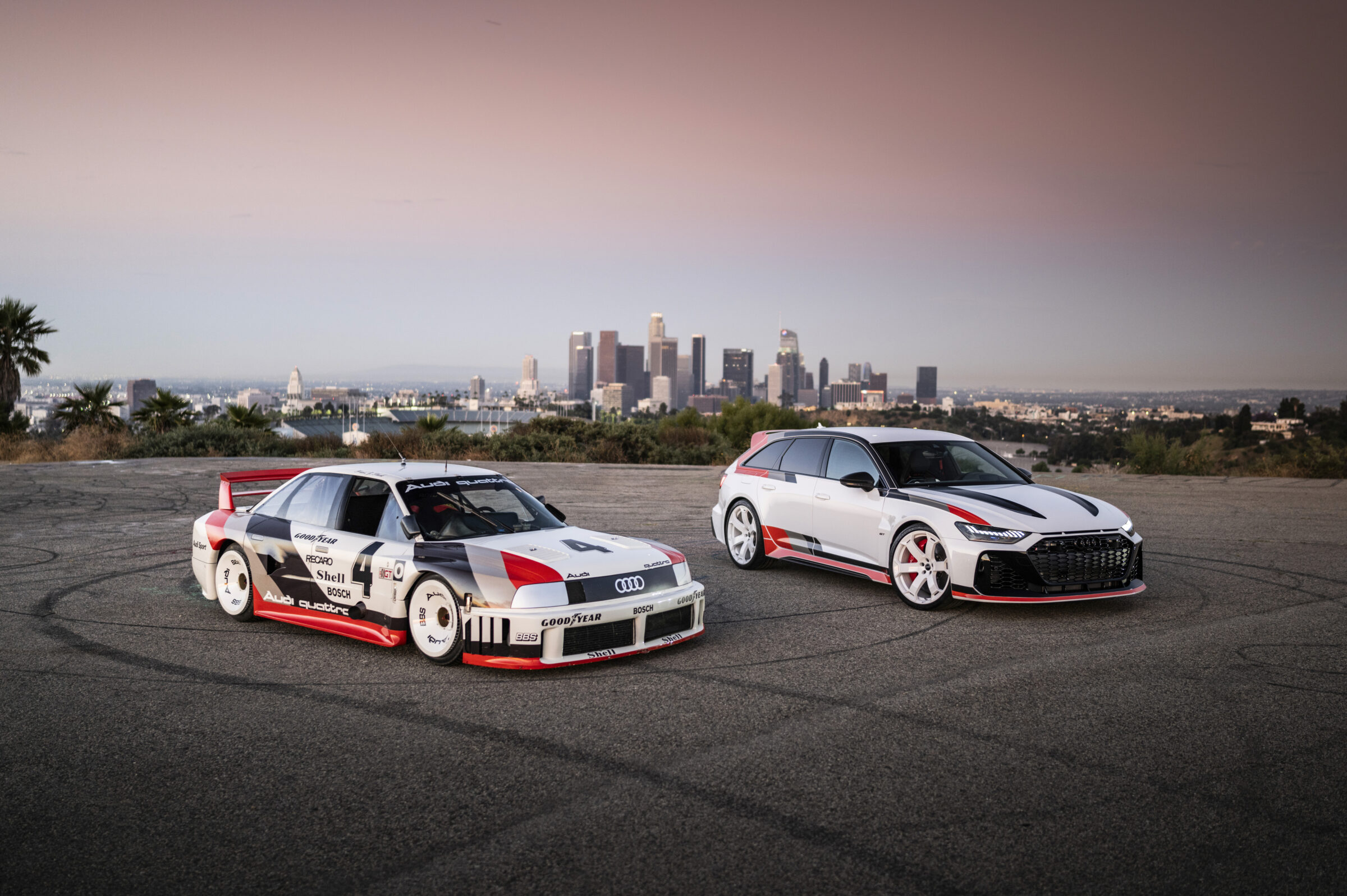Triumph Mayflower
“Honey, I shrunk the Rolls-Royce.” – This thought is at least very obvious when you catch sight of a Triumph Mayflower for the very first time. The British car brand wanted to place its models in the luxury sector, but at the same time remain in the middle class in terms of size. From 1949, the Mayflower rounded off the lower end of their range , while its sister model, the Renown, was positioned above it and clearly took up the design of Rolls-Royce. There the Silver Wraith appeared three years before, whose fenders were still put on the body outside. The rear trunk was integrated seamlessly below the rear window with a small step. Triumph gratefully adopted this design feature. The side design of the Mayflower, however, was about six years ahead of Rolls-Royce. Coming from the headlights, an accentuated beltline runs between the fenders, dropping to the rear end behind the rear wheels.
Noble appearance at 3.96 meters
Triumph succeeded in giving the Mayflower a luxurious appearance by using two-tone paintwork and chrome trim on the large radiator grille and bumpers. To understand why the thought mentioned at the beginning arises, let’s hold the exterior length of the Rolls-Royce Silver Wraith and Triumph Mayflower side by side. While the luxury sedan with normal wheelbase stretches to 5.23 meters, the small car from Coventry is only 3.96 meters long. For this reason, rear doors were dispensed with from the outset. Nevertheless, there was enough room inside for up to four passengers. The dashboard is painted the same color as the car and has two round displays in the center. While the right-hand instrument shows the speed, three dials on the left indicate the fuel level and the oil and water temperatures. The tailgate opens downward to reveal the trunk.
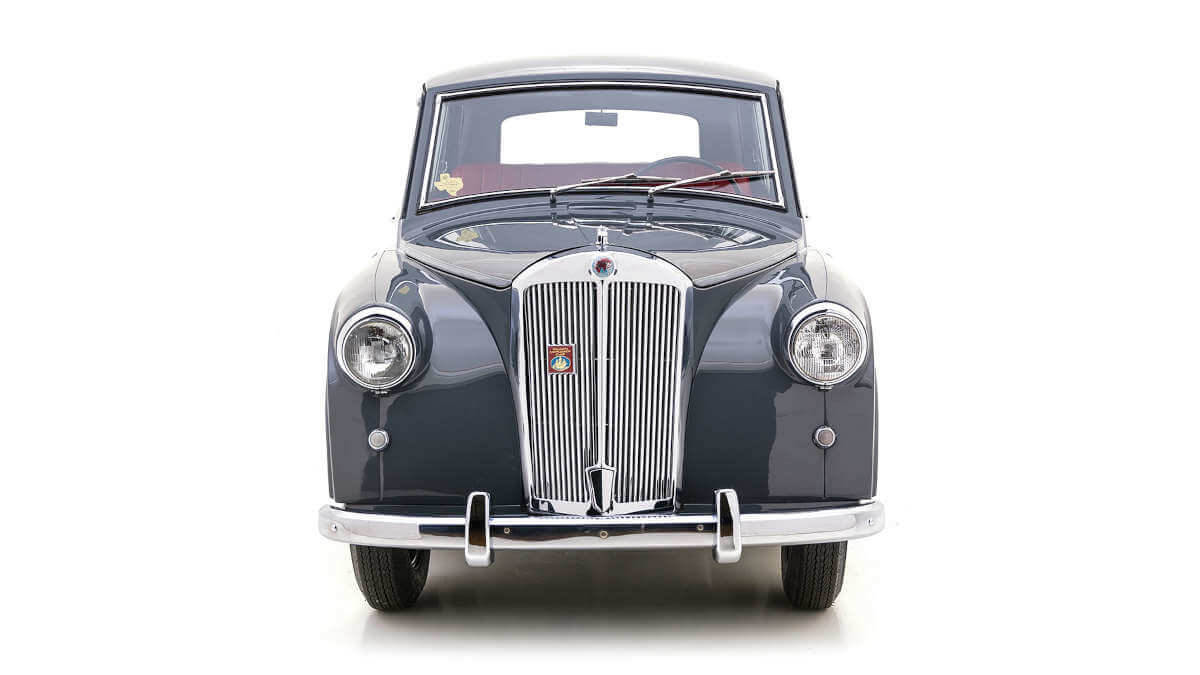



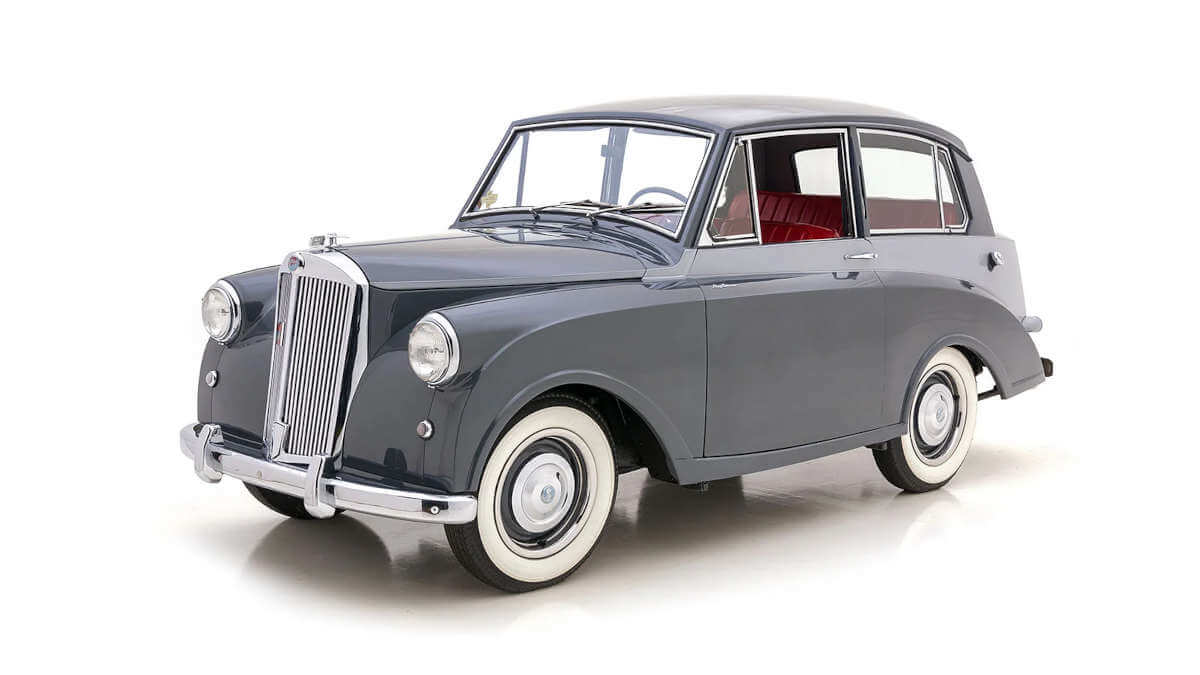

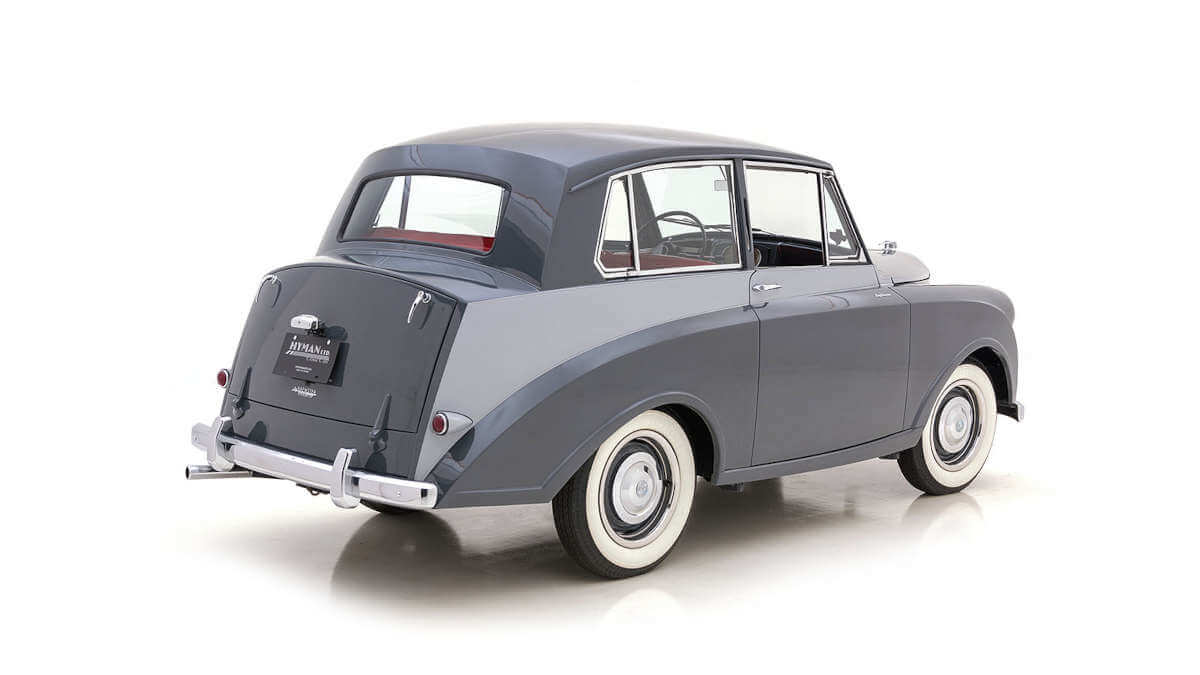

















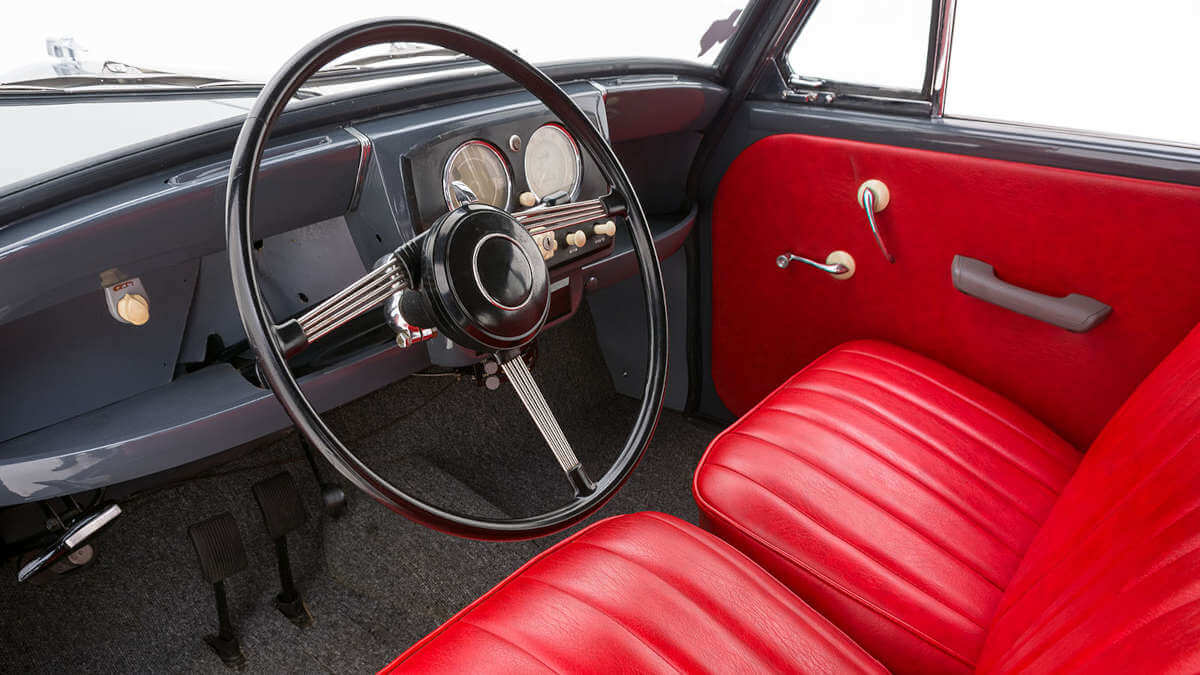



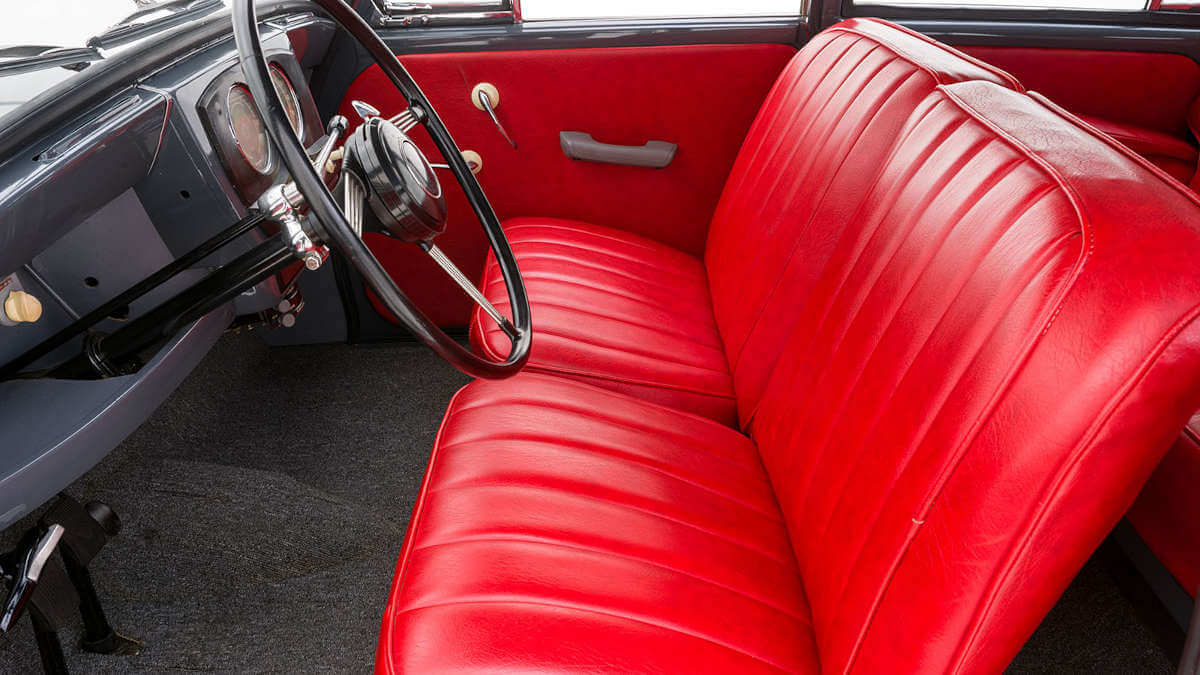

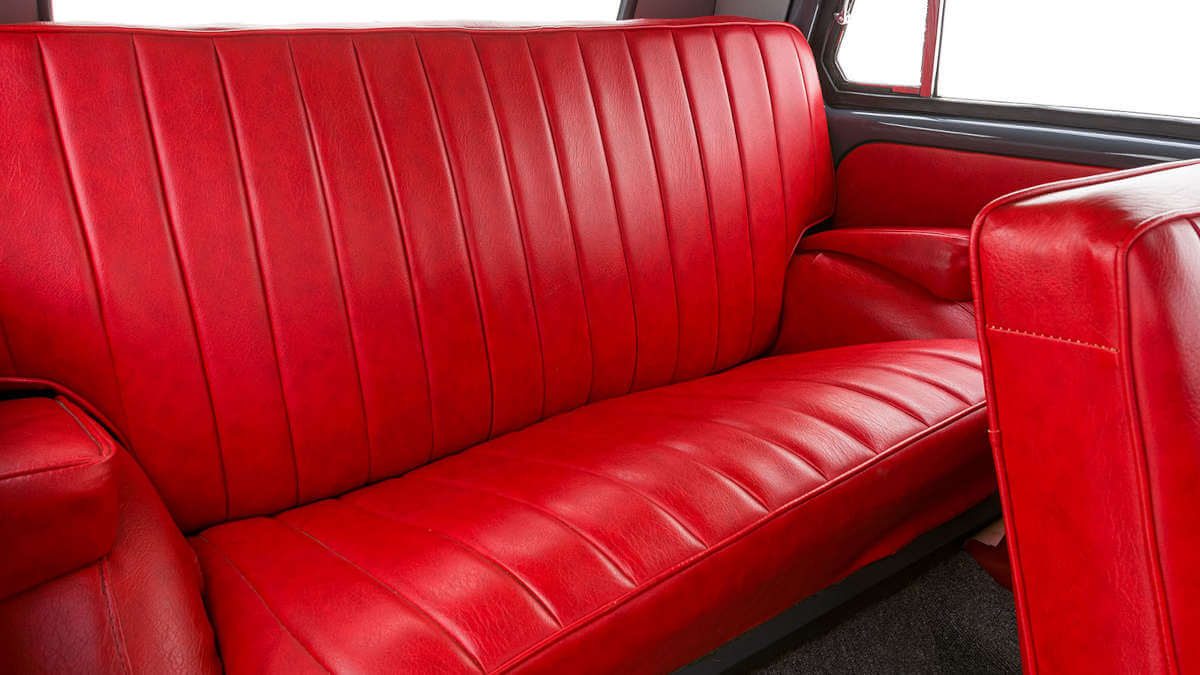

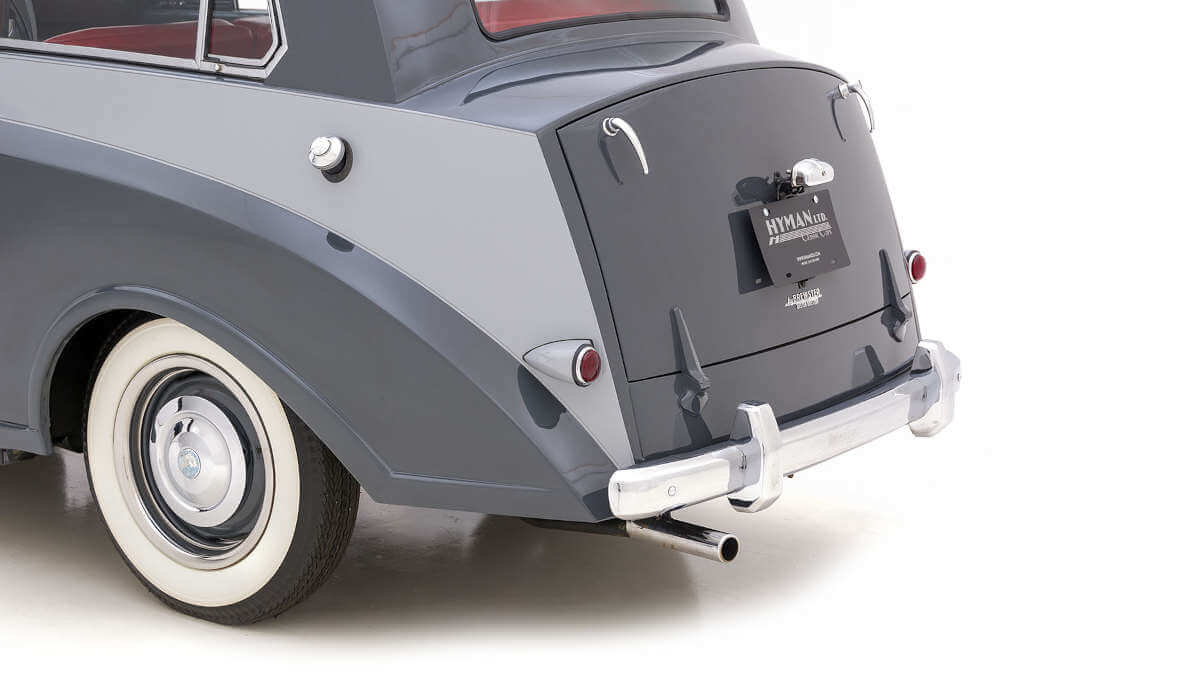



38 hp was enough power in 1949
Under the hood is a 1.25-liter four-cylinder engine with aluminium cylinder head and downdraft carburetor from Solex. The output of 28 kW/38 hp was easily enough to keep up with traffic at the time. However, a topspeed of more than 63 mph wasn’t possible. The gearshift lever for the fully synchronized, manual three-speed gearbox is located on the steering column. Triumph continued to use the front axle with its double wishbones almost unchanged for the TR2 from 1952. In the rear, semi-elliptical longitudinal leaf springs provided adquate comfort. For deceleration, Lockheed hydraulic drum brakes were fitted to each wheel. In total, only about 35,000 units were built in five production years. This was mainly due to the high price, which was a good quarter higher than for a comparably sized Morris Minor. There were only around ten of the planned Drophead Coupé versions, and exactly 150 of a Pickup version for Australia.
Triumph Mayflower at Hyman Ltd.
At the American classic car dealer Hyman Ltd. a Triumph Mayflower from the final production year 1953 is currently available for purchase. This two-tone grey car went directly to the US market as a left-hand drive car. Fergus Motors in New York City delivered it. Inside, this Mayflower shows red leather upholstery and outside the whitewall tires that were very popular at the time. A restoration took place some time ago, preserving the original color scheme. With an asking price of only US$ 39,500, the Triumph Mayflower is significantly cheaper than a Rolls-Royce of the same age in comparable condition. In addition, one can be sure to be photographed and approached often with this car at classic car meetings. Sympathy values in the form of raised thumbs are also guaranteed.
What happened next with Triumph?
In November 1944, Triumph Motor Company became part of the Standard Motor Company, moving production to Canley near Coventry. Standard had been the official engine supplier to Jaguar’s predecessor brand S.S. since 1938. This cooperation ended in 1944 as a result of a dispute between Jaguar founder Sir William Lyons and Standard boss Sir John Black. The latter vowed to place luxury models against Jaguar with Triumph. However, the Roadster, Renown and Mayflower didn’t meet with the approval he had hoped for, either in Europe or in the United States. This led to Sir Black having to leave the company in 1953 and the three models being discontinued without a successor. Instead, Triumph was placed on a more sporting route for the future with the TR2 and Herald. Standard-Triumph was sold to Leyland in 1960 and merged with other brands to form the British Leyland Motor Corporation (BLMC) in 1968.
Images: Hyman Ltd.


